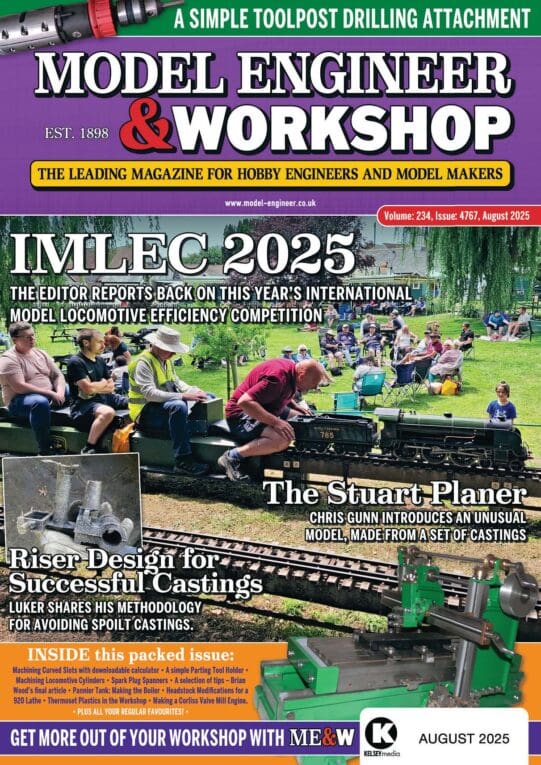Having perused this thread, I am still none the wiser as to what is an acceptable tolerance for thread cutting (note acceptable as opposed to the minimum).
Say I want to cut a metric thread pitch =1 and my best change gear selection will produce said thread with an error of +1%.
I take that to mean there will be 1.01 threads per mm. Is that acceptable? Is it OK for a 6mm nut but a disaster for a 10mm locating hole?
Is there some rule of thumb to assess acceptable error for pitch or length?
Clearly the smaller error the better, but how small is small enough for goodnuff?
The alternative metric “approximation” gearing discussed earlier in the thread has errors in the range of 1 in 3000 to 1 in 8000 and similar using Martin Cleeve’s charts for standard change gears. One thou in three inches to eight inches. We are talking errors of 0.000-something or other. The lead screw on your lathe is less accurate than that.
As said in an earlier post, the popular 63 tooth gear is used in a 80/63 combo that gives ratio of 1.2698, an error of 0.0125 per cent compared with the perfect 1.27 translation ratio. Again, your lathe’s leadscrew will have way more error than that.
None of the discussed gearing gives an error even worth worrying about. Certainly nothing approaching 1 per cent or even close to 0.1 per cent. More like 0.01 per cent. Irrelevant in the home workshop (and most others.)
Just cut your threads until they fit into the mating nut or hole and be done with it. Any small burr on the job, or the tool cocked at a fraction of a degree off or cutting with a slightly dull edge is going to create more of a fitting error than the tiny percentage the metric gearing creates.
Hopper.






